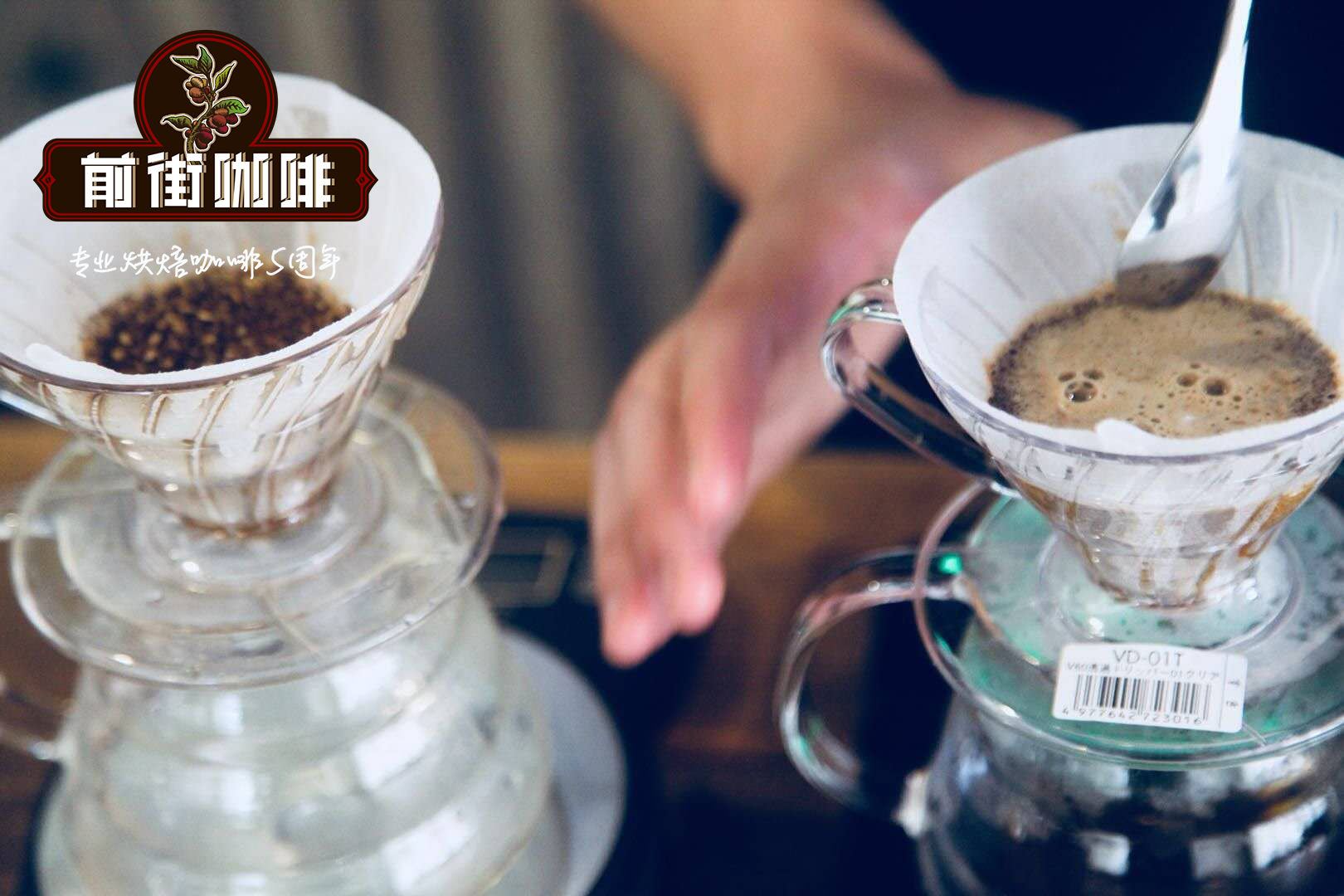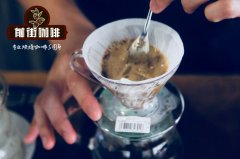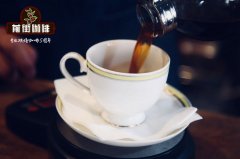Introduction to the story of Huakui coffee beans in Ethiopia

Professional coffee knowledge exchange more coffee bean information please follow the coffee workshop (Wechat official account cafe_style)
Ethiopian Coffee Baihuakui tirtiro goyo wamena goro
Sakuran, literally, is a coffee bean full of fragrance.
Actually, it's not. Huakui's flower aroma is not strong, but more fruity, such as passion fruit, strawberry, mango, jackfruit, citrus.
So why are the beans from Ethiopia called "Sakuran"?
GUJI is the largest coffee producing area in Ethiopia. Sakui comes from Hambella, one of the sub-regions of Guji.
Humbera is under the jurisdiction of Oromiyaa, the southernmost administrative state of Ethiopia, facing Kochore, a sub-region of the Yegashefi region in the west, Shakiso to the east, Uraga to the south and Kercha to the north. Shakiso, Uraga and Kercha are all sub-producing areas of Guji producing area. According to statistics, there are about 20 processing plants in Hambelane, which are distributed in different villages and manors in sub-producing areas of different sizes. DW Coffee Export, to which Sakuran belongs (see below), has a core production area in Humbera, Dimtu, and Dimtu produces about 1100 tons of coffee a year. There are four manor processing plants in Dimtu area, namely Buku Abel, Buku Saysay, Haro Soresa and Tirtiro Goye. Among them, only the sun coffee produced and processed by Buku Abel Manor is "Sakuran", so Buku Abel Manor is also known as "Sakuran Manor".
Huakui Manor is located halfway up the hillside, planting up to 2000 meters above sea level, covers an area of about 80 hectares, belongs to the local DW company. The woodland around Huakui Manor is covered with sugar cane and Ethiopian bananas, and the coffee of the manor has a similar flavor. Under the influence of high altitude and microclimate, Huakui Manor breeds coffee beans with unique flavor.
The small village that made "Sakuran"
Buku Abel is a small mountain village surrounded by mountains. It originally had no manor or processing plant. It all started with the luxuriant and lush native coffee trees on the mountain behind the village.
These native coffee trees are unique to Ethiopian coffee, and by December every year, they will be covered with red coffee fruit. The villagers came to the back mountain, picked the red fruits, screened out the defects, and then put them on the African tanning bed at the entrance of the village for sun treatment.
The processed coffee beans are changed into money, which becomes the source of income for the villagers and feeds the whole village. As the cycle goes on and on every year, the area behind Buku Abel gradually becomes Buku Abel Coffee Manor, while the area at the entrance of the village where African drying beds are neatly placed becomes the processing plant for Buku Abel.
tanning, not just drying
The sun treatment of Huakui Manor is very exquisite. Only when the sugar content of red fructose reaches 30, can they meet the picking standard and can be treated in the sun.
The first two days of the sun are very important, the humidity of the red fruit must be kept at a certain value, under such conditions, the fructose in the red fruit will begin to ferment. In addition to humidity, temperature is also one of the factors affecting the treatment of coffee beans. During the annual coffee harvest season, the climate in Ethiopia is cool, and the night temperature in the processing plant is about 12 degrees Celsius. Coffee beans on the drying bed avoid excessive fermentation and smell because of the lower temperature. At noon, when the temperature is high, the red coffee fruit is shielded from sunburn, and in the evening, the coffee fruit is protected by showers and covered with thick plastic sheeting.
After about 18 days of careful cooking, the moisture content of raw beans was reduced to about 13%, and the sun treatment was completed. The raw coffee beans were put into sacks and stored in the warehouse for 50 days to further reduce their moisture content. The moisture content of raw beans is reduced to about 11%, and then transported to the treatment plant for shelling, grading and sales.
, the driving force behind Sakuran.
Huakui Manor belongs to the Demse family that has grown coffee for generations. In addition to Humbela, the Demse family has large coffee estates and more than 10 processing plants in Gucci, Yegashefi and Sidamo.
In recent years, the family has been looking for and acquiring high-quality coffee producing areas, and set up a processing plant near the producing area. The Demse family founded DW Coffee Export in 2015 and began to trade in international raw beans.
This breaks with years of family practice of selling all coffee beans to the Ethiopian Commodity Exchange (ECL), which is in charge of exports. The Sakuran we drink follows the "traceability" of boutique coffee.
Why is it called "Sakuran"?
Sakuran is the name given to it by the Chinese who first came into contact with the coffee bean.
In February 2017, a sun-tanned coffee from Humbera Buku Abel won the Ethiopian Raw Bean Competition (Ethiopia National Taste of Harvest Competition). Four months later, Li Jianfei became the runner-up in the finals of the World Coffee Brewing Competition in China. The result of the competition caused a sensation because it broke Rosa's monopoly in the brewing competition and became the only coffee that could compete with it.
The English name "Geisha" means "geisha" in Japanese, while in Chinese culture, the top geisha is called "Sakuran". When Chinese first came into contact with the sun-roasted coffee at Buku Abel Manor in Humbera, they thought that as long as they paid attention to the subsequent treatment, it had the potential to become a top geisha. So they named it "Hua Kui", with the meaning of "hundred flowers, elegant and enchanting", hoping that it would compete with Rosa Xia in the same field and fight for love.
Which do you prefer, Sakuran or Rose Summer?
END
Important Notice :
前街咖啡 FrontStreet Coffee has moved to new addredd:
FrontStreet Coffee Address: 315,Donghua East Road,GuangZhou
Tel:020 38364473
- Prev

Evaluation of Minority Baking Sun plus Chevy Blueberry Fragrance Garse all-Red Fruit G1 Coffee beans
Professional coffee knowledge exchange more coffee bean information Please pay attention to the coffee workshop (Wechat official account cafe_style) has not tested coffee beans for a long time, today to bring you a minority baked products from the sun Yega Chuefei, this bean belongs to the all-red fruit G1 quality, it also has a very nice name blueberry perfume. Through the flavor card, we can see
- Next

How to make Italian concentrated coffee beans_Sidamo espresso delicious
Weixin Official Accounts cafe_style Raspberry Candy ESPRESSO BLEND 200g Inspired by Sasa Sexuals winning milk based coffee in the 2015 World Barista Championships, Raspberry Candy pushes the boundaries a
Related
- Detailed explanation of Jadeite planting Land in Panamanian Jadeite Manor introduction to the grading system of Jadeite competitive bidding, Red bid, Green bid and Rose Summer
- Story of Coffee planting in Brenka region of Costa Rica Stonehenge Manor anaerobic heavy honey treatment of flavor mouth
- What's on the barrel of Blue Mountain Coffee beans?
- Can American coffee also pull flowers? How to use hot American style to pull out a good-looking pattern?
- Can you make a cold extract with coffee beans? What is the right proportion for cold-extracted coffee formula?
- Indonesian PWN Gold Mandrine Coffee Origin Features Flavor How to Chong? Mandolin coffee is American.
- A brief introduction to the flavor characteristics of Brazilian yellow bourbon coffee beans
- What is the effect of different water quality on the flavor of cold-extracted coffee? What kind of water is best for brewing coffee?
- Why do you think of Rose Summer whenever you mention Panamanian coffee?
- Introduction to the characteristics of authentic blue mountain coffee bean producing areas? What is the CIB Coffee Authority in Jamaica?

